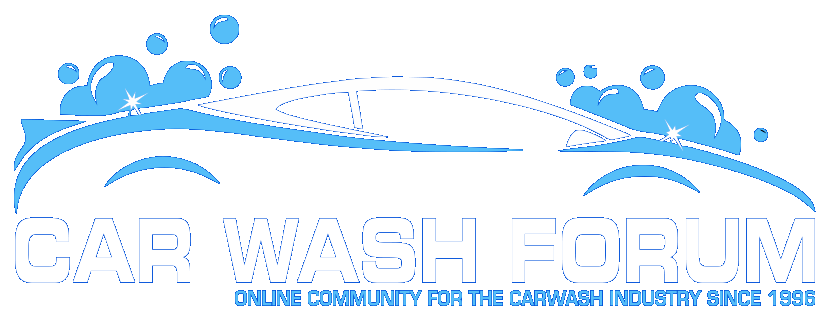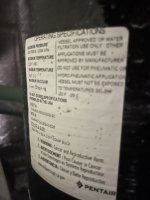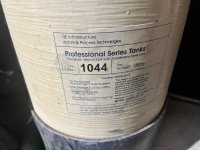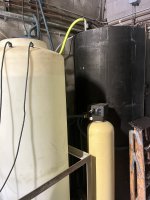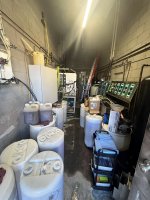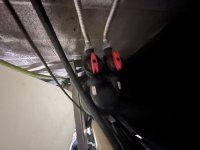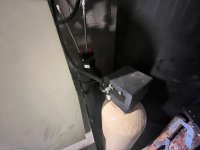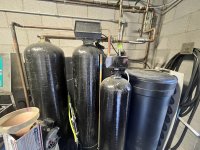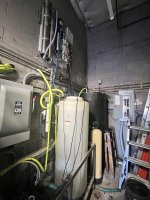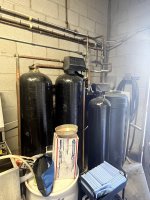Sorry for the delayed response, I just now got the notification for this thread. The TDS meter is a great tool but you don't need to concern yourself with testing the soft water or really anything at all except for the spot free water. Always test spot free water at the wand in the bay. Industry standard is any reading less than 50 ppm is considered "spot free." If you have over 50 at the wand then start going backwards to find the problem. I seriously doubt you have anything "DI" which stands for deionized water (which is VERY expensive and OVERKILL for any car wash), but you are probably referring to the water softener media tanks. Here is a rough flow chart for how most every wash is plumbed in.
Municipal water--->water softener--->activated carbon filter-->sediment filter-->reverse osmosis-->RO storage tank-->spot-free to bays
(All of the water for the wash should go through the water softener)
The RO membranes need to be fed softened (what the water softener does) and dechlorinated (what the carbon filter does) water to last. If the RO feed water is properly pre-treated, the membranes could last 10 years or more. If not properly pre-treated, the membranes could last as little as 4 months. You really should consider paying a water professional to at least make a trip out there to make sure that all of your equipment is installed properly, sized properly, set up/programmed properly, and functioning properly. There is a lot that goes into this side of a car wash and most people don't know what they are looking at. All that money spent on equipment won't matter one bit if it's not fine tuned.
